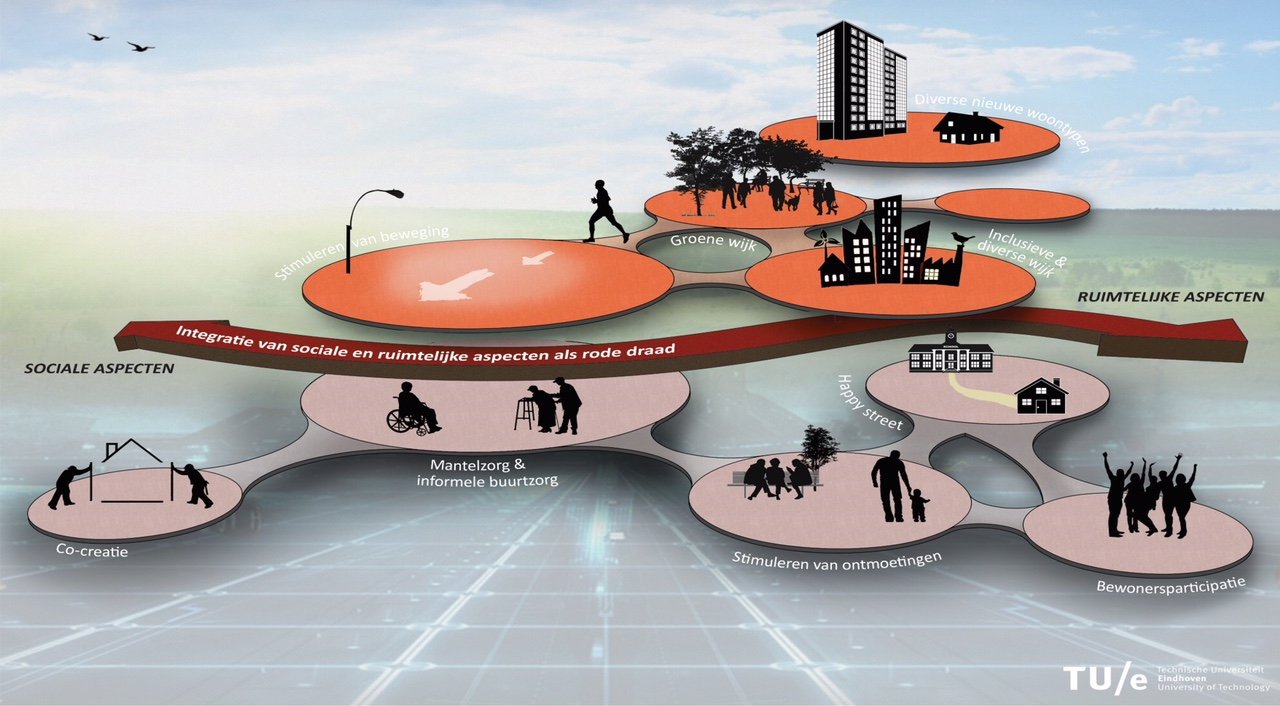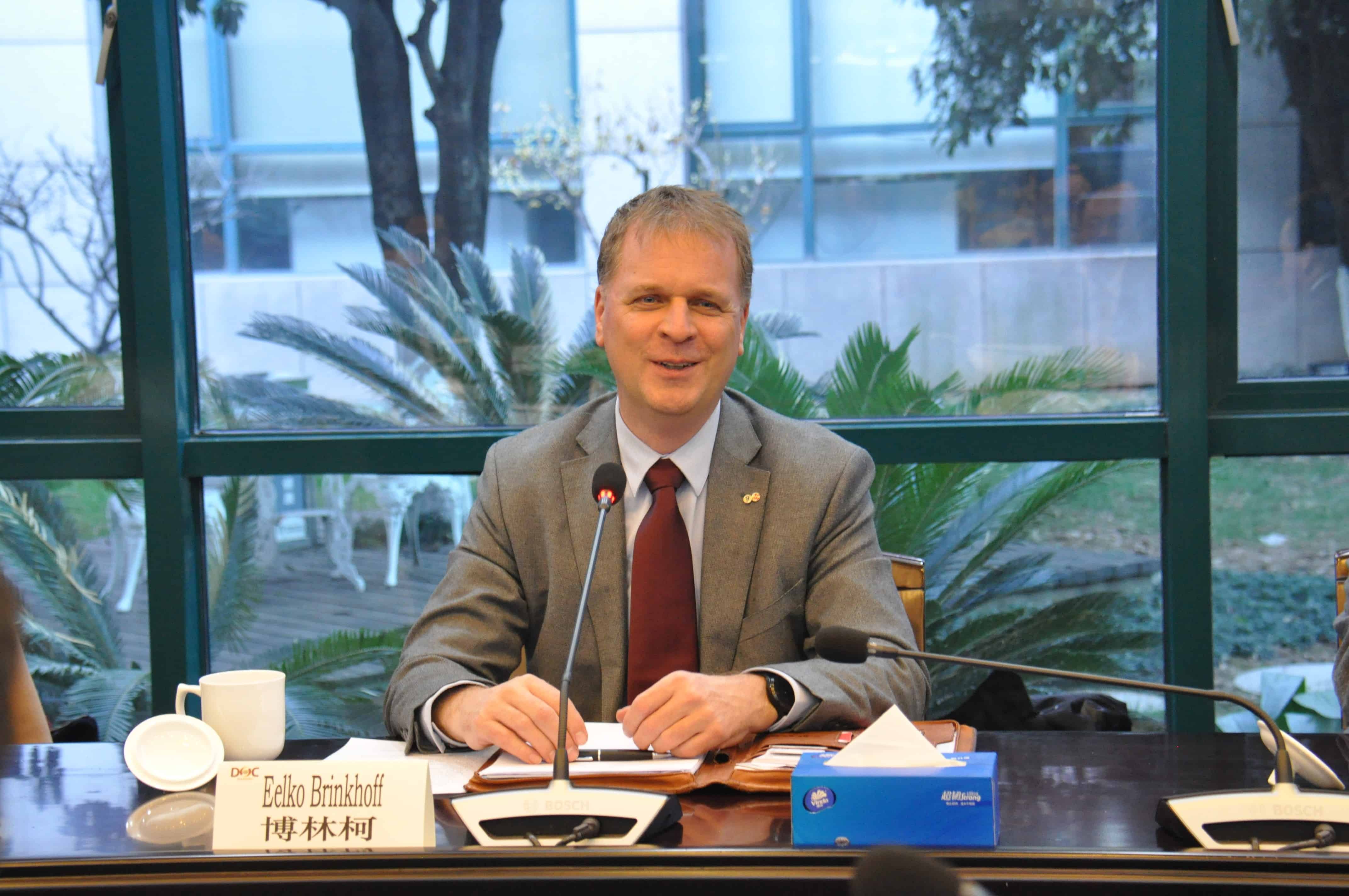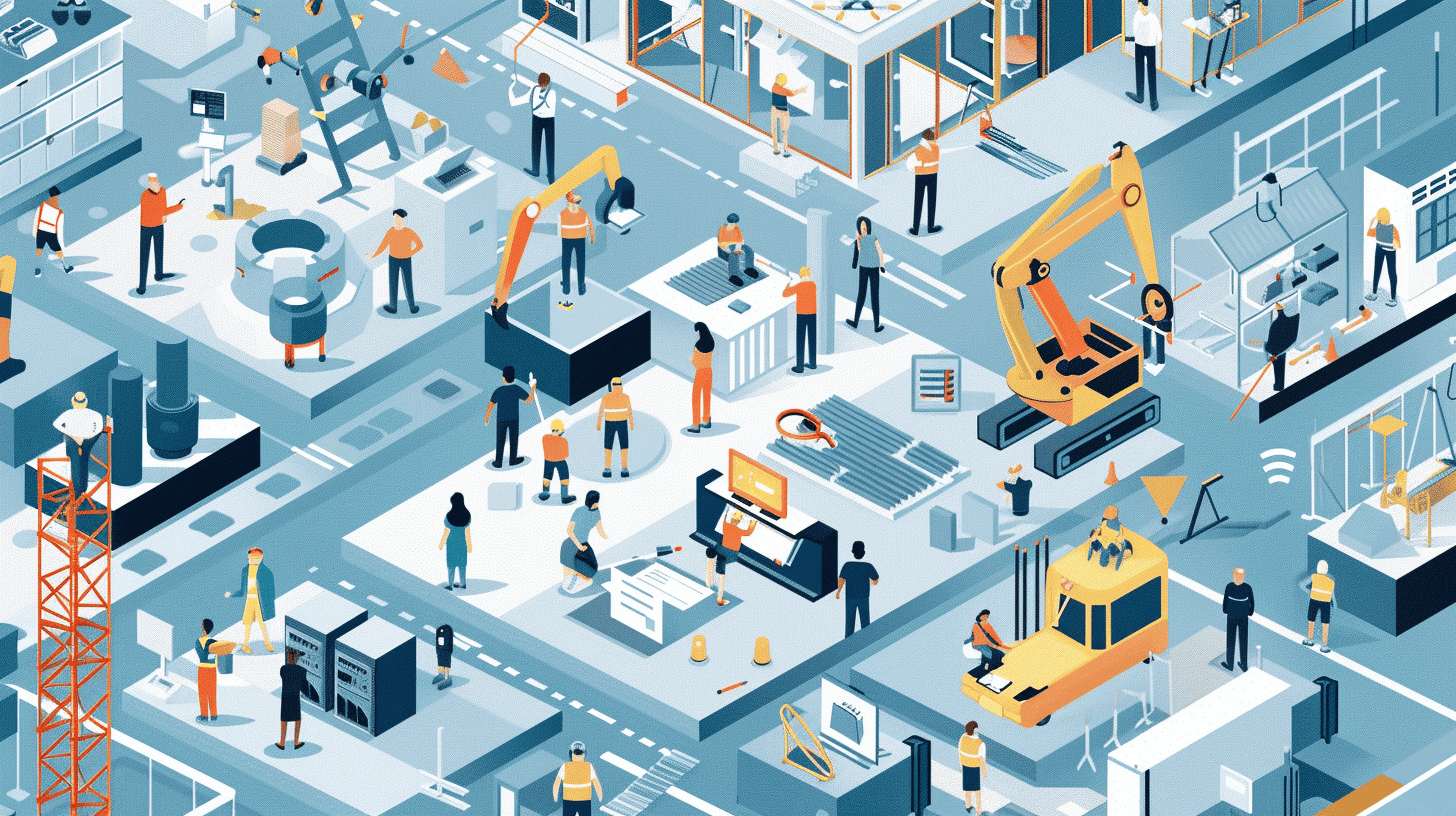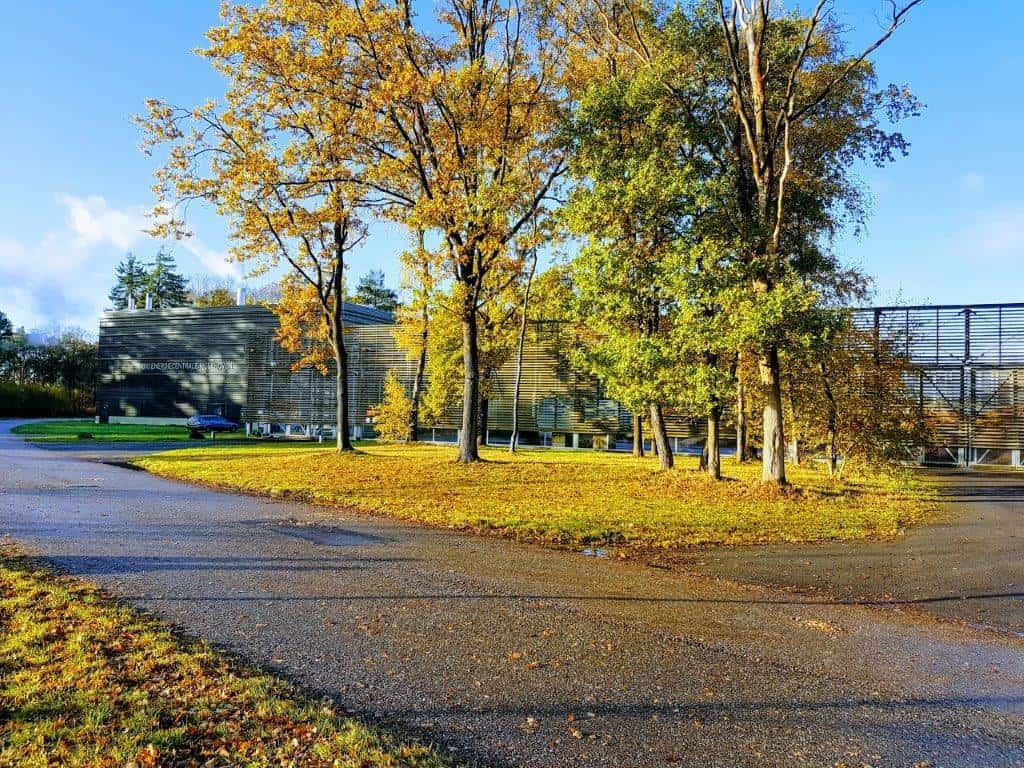
In April it will be three years since Eindhoven signed an agreement with the renowned German research institute Fraunhofer. The signatories to the Memorandum of Understanding had three objectives: a significant improvement in the quality of life, a better competitive position of European industry and more innovative SMEs. In addition, the agreement should contribute to Europe’s sustainability and climate objectives.
Okay, these are ambitious objectives for a cooperation such as this, but finally, things are moving. All the more reason for an update with Henk Kok, who is responsible for this dossier within the municipality of Eindhoven.
Connections have been made on a small scale in recent years. Researchers at the Eindhoven University of Technology and the Holst Centre regularly use the knowledge and contacts of one of the Fraunhofer institutes in Germany. There are also links with other partners in European projects. But a structural collaboration, let alone a branch office with the name ‘Fraunhofer’ signed on a door in Eindhoven, is still not visible.
“It always takes much more time than you would like for this kind of an operation”, says Henk Kok, who has been searching for international opportunities for Eindhoven for years now. “But we are now really very close to a real execution of the agreement, including an office with staff paid by Fraunhofer, Brainport, Eindhoven municipality, Brainport Smart District (Helmond) and the TU/e.”. The last push towards this is to come from the ‘Regional Deal’, which will bring the Eindhoven region €370 million, of which €130 million will come from the State. “We have applied for 1 million euros as initial funding and the first tranche of this amount has been approved.” A number of conditions were attached to this, among which that within 6 months there will be a business plan in which the earnings model for the various activities shows that after 4 years the entity can continue independently. This plan must also regulate the legal and organisational structure and external communication.
“It always takes much more time for this kind of an operation than you would like”
Henk Kok has been in contact with Fraunhofer since 2012 and when he heard that former mayor Rob van Gijzel wanted to strengthen the relationship with the Germans, he seized his chance. “Via the Morgenstadt-network we could become part of an umbrella of cooperating cities, knowledge institutions and German companies who wanted to discover the world of tomorrow together. The great thing was that those Germans – many Morgenstadt cities are in Germany – soon saw what we could add to their knowledge and expertise. Germany is a production country, the Netherlands a trading country. But we in Eindhoven combine both qualities: we are producers in a trading country. This combined with the strength of the triple helix – the collaboration between government, educational institutes and business – made Eindhoven a dream partner for Fraunhofer. They saw Brainport as one large living lab, and that’s what it is. With Rob van Gijzel as mayor and Mary-Ann Schreurs and Staf Depla as aldermen, they hardly could believe what they saw: the way the local Eindhoven government dealt with their relations in education and business was unthinkable for those hierarchically oriented Germans.”
“We are producers in a trading country.”

This led to a visit to Brainport by four top researchers from Fraunhofer at the beginning of 2016. “The four of them couldn’t believe what they saw. We showed them everything, and they fell from one surprise to another. After that visit, we managed to design that Memorandum of Understanding in no time, in order to have it signed officially during Angela Merkel’s visit to Eindhoven.
From that moment on, the TU Eindhoven, Fraunhofer Gesellschaft and Brainport Development, together with the municipality of Eindhoven, had the task to look after the execution of the agreement. This resulted in various initiatives, some of which were more successful and more visible than others. For example, there was an attempt to launch a smart society academy and there are various collaborations on European projects, but never with all five partners at the same time.
“The city has public space, what happens if we add public data to it?”
In the meantime, from 2015 onwards, the European ‘lighthouse’ project Triangulum, a collaboration between Stavanger, Manchester and Eindhoven, with three ‘follow-cities’ had taken off. Kok worked on exactly the subjects that were also on the wish list in the Fraunhofer cooperation: smart city, mobility, light, energy and digitisation. In Eindhoven, this became visible in projects in Eckart/Vaartbroek and Strijp-S. Volker Wessels, Woonbedrijf, KPN and TU Eindhoven became the permanent local partners of the municipality of Eindhoven; together they worked on a “data-backbone” and various projects connected to it.
Kok: “Again, it was about the cooperation between governments, companies and knowledge institutions. For the companies as well as for the city, experimenting in living labs to approach urban issues was all very new. The city has public space, what happens if we add public data to it? And what if this data is awarded to companies? In any case, we knew for sure that we were not going to be locked-in within the solutions of certain companies. The point is that all data collected in the public space within a number of municipal guarantees about privacy, ownership and reliability should be made available to citizens and businesses, among others, so that added value can be created.”
Here more about the data usage agreements of the municipality of Eindhoven
That is exactly where the connection with Fraunhofer comes in again. Kok: “Fraunhofer saw much earlier that, as a research institute, you have to connect to the problems of citizens, visitors, companies, and so on. That’s how we also see it: you can never leave these kinds of processes to the market alone.” In the meantime, a project has been added for which Fraunhofer is an ideal partner: the Brainport Smart District in Helmond. “They were already interested in our living labs anyway, but a lab like this really belongs to the ‘outer category’ in Germany.”
So, for the implementation of the cooperation, a chair is now also reserved for Smart District. “This also establishes the connection with the municipality of Helmond. All in all, together with the TU/e, the municipality of Eindhoven, Brainport Development and Fraunhofer itself, this is a great team. Together we can determine the research areas and locations. We can also build a project portfolio together, partly on the basis of participation in European tenders.”
“We use our joint strategic thinking to make the right choices in this area”
It is important to keep the city’s strategy in mind, says Kok. “What developments do we foresee in policy, technology, digitisation, sustainability, mobility and a healthy city? The validation of new technologies is also important in this respect, towards further scaling up in Europe. And underlying economic interests also play a role: our initiatives might be profitable for the business community, which only helps to make the whole country better. We use our joint strategic thinking to make the right choices in this area.”
Now that the Regional Deal support is arranged, the next step is the appointment of someone responsible for the operation. “Someone who can arrange things in the short term, but can also look further ahead. Who will submit a business plan within six months, including the legal, organisational and fiscal entity, the democratic assurance and the costs and benefits over a period of four years. Because then this activity must be able to perform independently. The business model deserves particular attention. Project financing, validation in living labs and network membership in which companies, knowledge institutions and governments pay for a membership because there is added value to belong to the knowledge circle.”
Photo: Brainport Smart District








